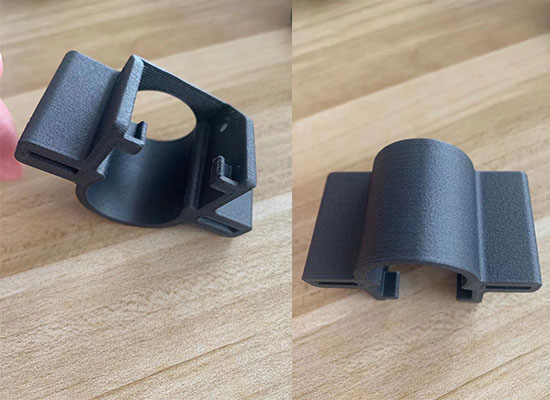


1. What is plastic 3D printing? Plastic 3D printing, also known as additive manufacturing, is a process of creating three-dimensional objects from a digital file by adding layer upon layer of plastic material until the final product is formed.
2. Types of plastic used in 3D printing
The most commonly used plastic materials in 3D printing are ABS (Acrylonitrile Butadiene Styrene), PLA (Polylactic Acid), PET (Polyethylene Terephthalate), and Nylon.
3. Advantages of plastic 3D printing
Some of the main advantages of plastic 3D printing include its cost-effectiveness, flexibility in design, fast prototyping, and ability to create complex geometries.
4. Limitations of plastic 3D printing
Plastic 3D printing has some limitations such as limited material choices and not suitable for producing large objects. Also, the quality and strength of the final product may vary depending on the type of plastic used.
5. Different methods of plastic 3D printing
There are various methods of plastic 3D printing, including Fused Deposition Modeling (FDM), Stereolithography (SLA), Selective Laser Sintering (SLS), and Digital Light Processing (DLP). Each method uses different techniques and equipment to create the final product.
6. How does plastic 3D printing work?
The process of plastic 3D printing involves converting a digital design into a physical object by slicing the design into thin layers and then printing each layer one by one using a 3D printer. The plastic material is melted and extruded through a nozzle, which moves according to the design, creating the object layer by layer.
7. Applications of plastic 3D printing
Plastic 3D printing has a wide range of applications in various industries, including automotive, aerospace, healthcare, consumer products, and education. It is used for prototyping, manufacturing customized products, and creating complex parts.
8. Material properties
Different types of plastic have different material properties, such as strength, flexibility, durability, and heat resistance. When choosing a plastic material for 3D printing, it is essential to consider these properties to ensure the suitability of the final product.
9. Post-processing steps
After the 3D printing process is complete, some post-processing steps may be required for the final product. These may include removing support structures, sanding, painting, polishing, or annealing, depending on the desired finish and function of the object.
10. Factors affecting the quality of printed objects
Several factors can affect the quality of the printed objects in plastic 3D printing, including the type of plastic material used, printing speed, layer resolution, printer settings, and design complexity. It is crucial to consider these factors to achieve the desired results.
11. Environmental impact
Plastic 3D printing produces less waste compared to traditional manufacturing methods. However, it still has an environmental impact as most plastic materials used are not biodegradable. Proper disposal and recycling of printed objects are essential to minimize this impact.
12. Safety precautions
When handling plastic 3D printing, it is essential to take safety precautions as the printing process involves high temperatures and potentially hazardous fumes from melted plastic. It is recommended to use a well-ventilated area and wear appropriate personal protective equipment, such as gloves and masks.
13. Costs
The cost of plastic 3D printing can vary depending on the type of plastic material used, the size and complexity of the object, and the printing method. It is generally more cost-effective for small batch production and prototyping than for mass production.
14. Future developments
The field of plastic 3D printing is continuously evolving, and new developments and advancements are being made. Some of the current areas of research and development include improving material options, increasing printing speed and resolution, and expanding the size capabilities of 3D printers.
15. Other uses of plastic 3D printing
Aside from creating physical objects, plastic 3D printing is also used for other purposes, such as creating molds for casting, creating architectural models, and even food printing with edible plastic material.
plastic 3D printing is an innovative and versatile manufacturing process that has revolutionized the design and production of various products. It has its limitations, but with continuous developments and advancements, it has the potential to become a widely used manufacturing method in the future.